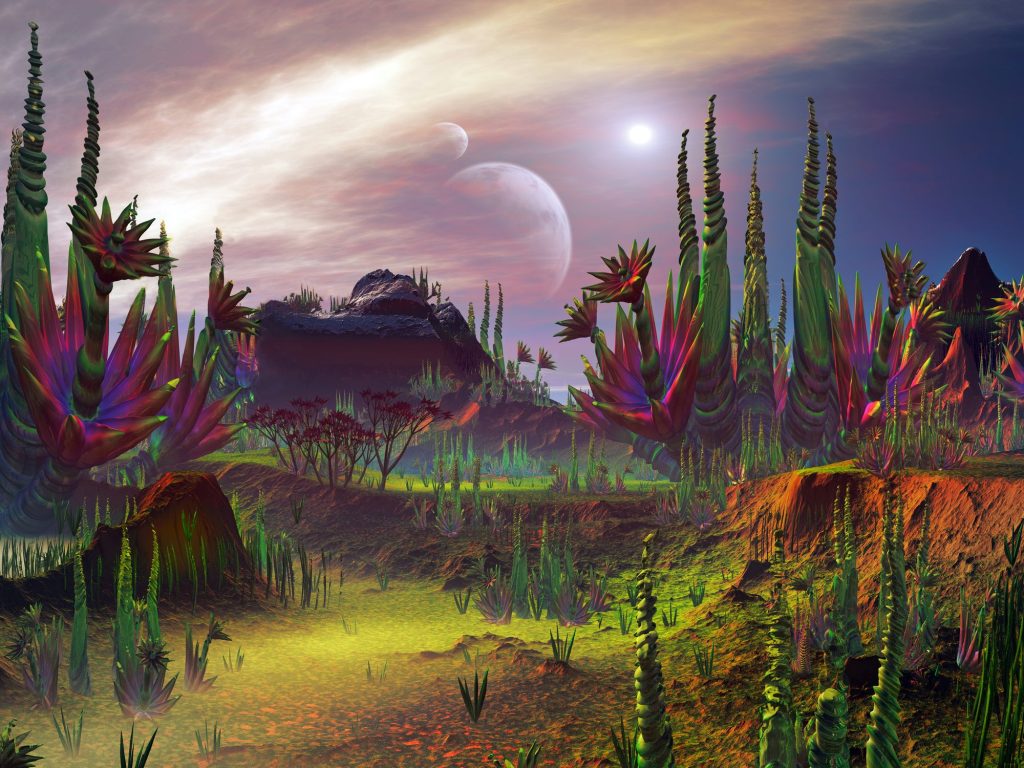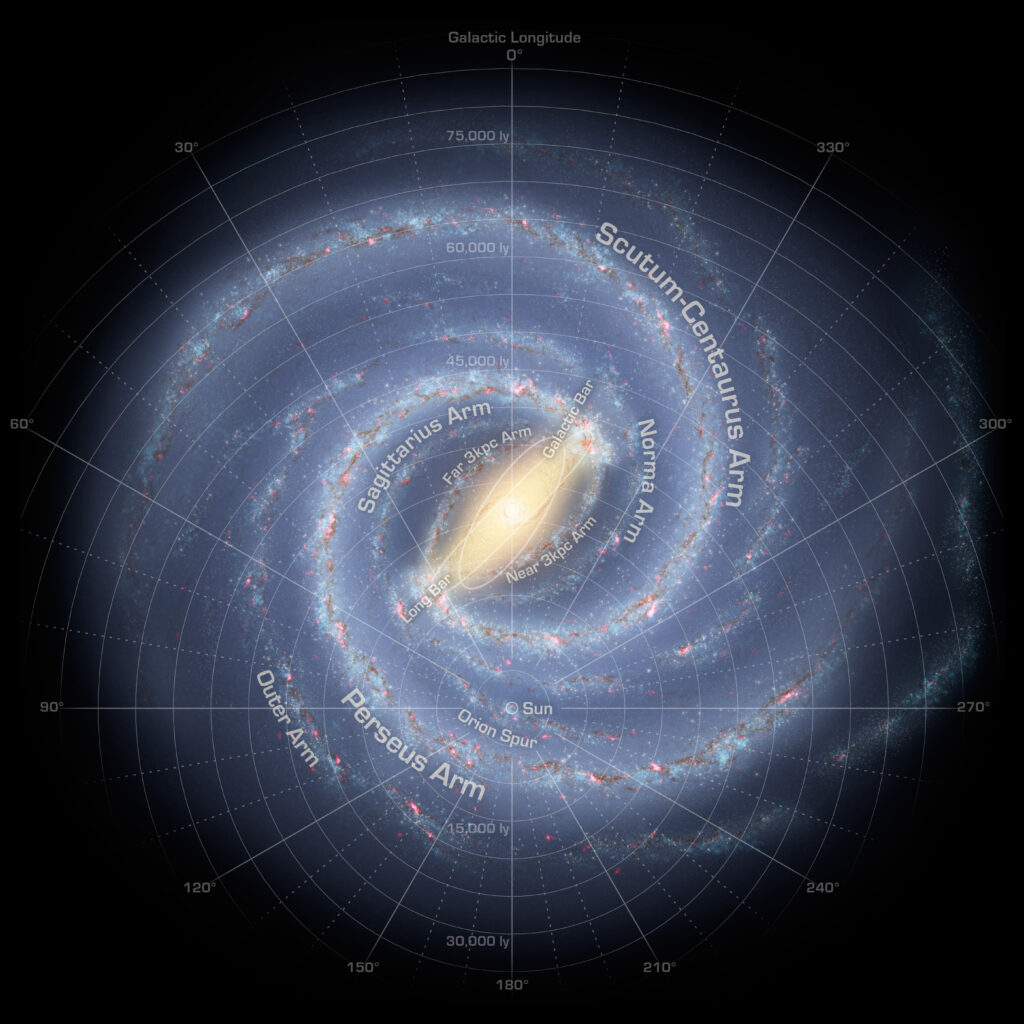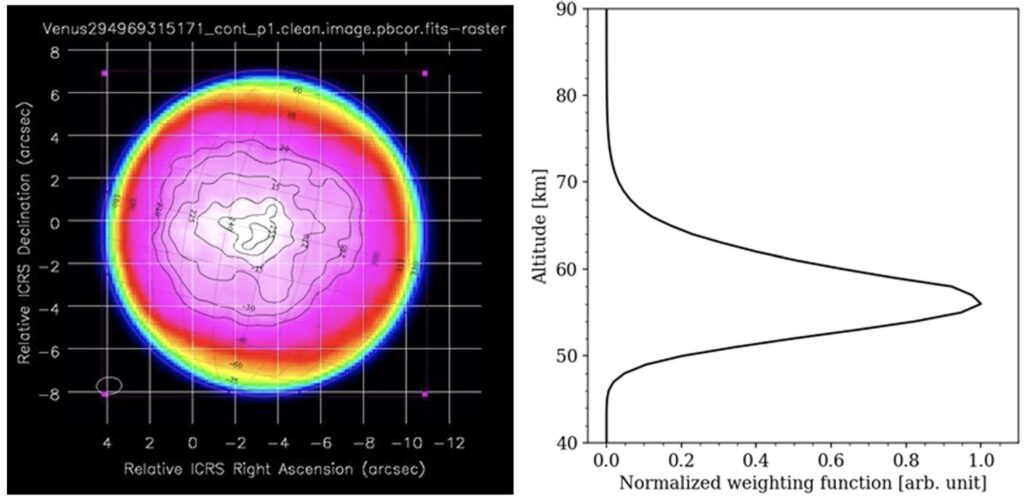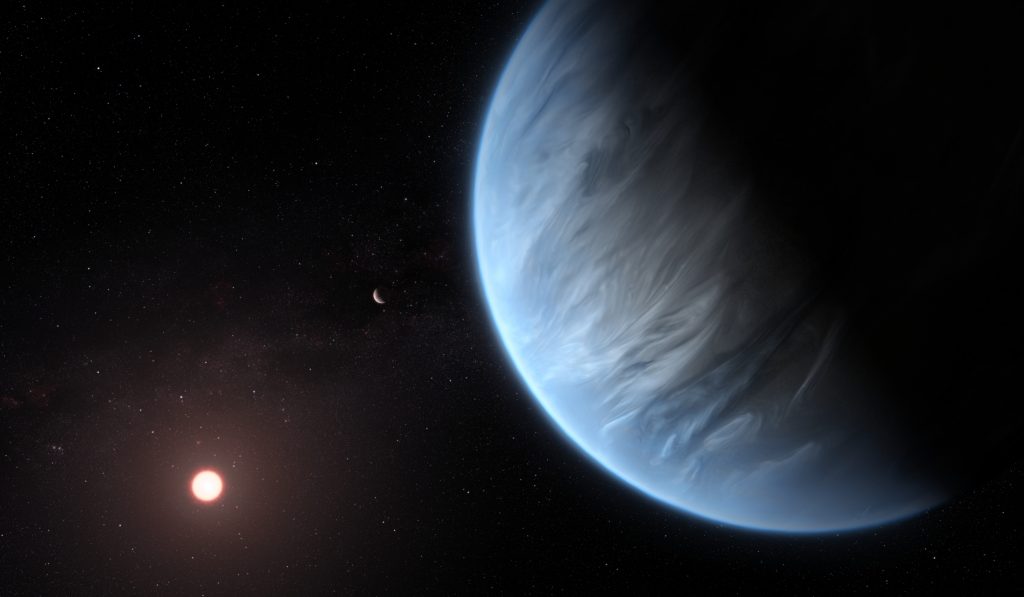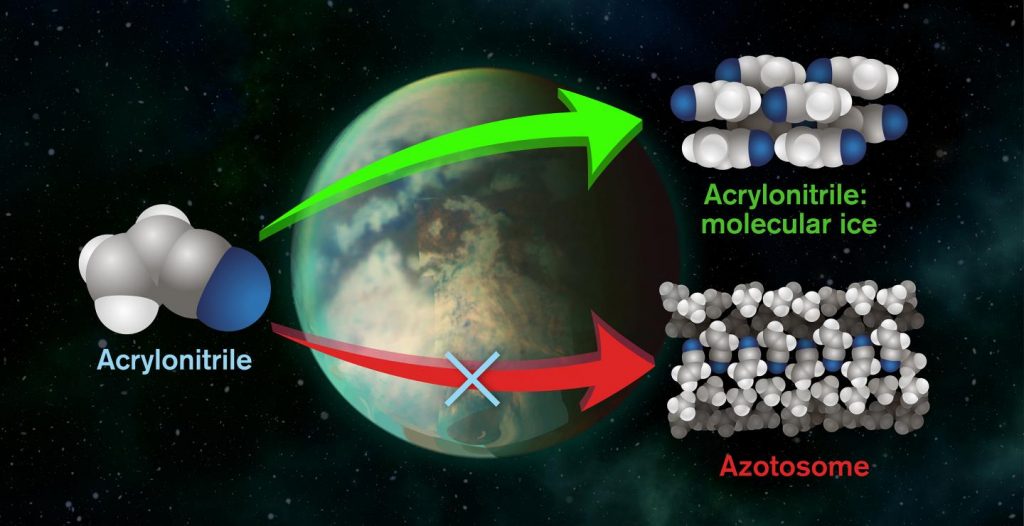More life on younger planets
Nowadays we know more than 5000 exoplanets. Among them are some that are similar in size to Earth, are also made of rock, and orbit their star in an area that astrobiologists call the habitable zone. Habitable here refers to life as we know it, which is based on water and carbon and therefore also requires liquid water on the surface. Which of these candidates should we look at first, for example with the new James Webb telescope, which will also be able to determine the atmospheric composition of distant worlds? Where are the chances of finding life the…
